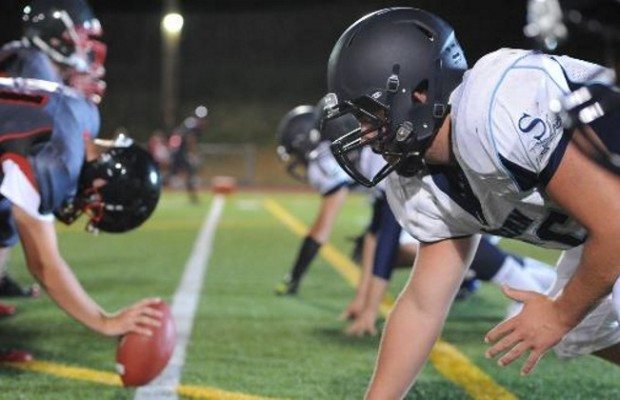The Future of American Football: What Changes Can We Expect in the Coming Years?

American football has been captivating fans in the United States and beyond for over one hundred years with its electric combination of strategy, skill, and power. But if this beloved game is to remain successful into the future, it must face an ever-expanding set of complex issues head-on.
In this blog post, we will explore the current trends, issues, and challenges that sports face in order to adjust accordingly.
Current Trends and Issues
In recent years, American football has faced several dire trends and issues that have challenged its future. Among the most pressing concerns with football is developing knowledge about its potential hazards, such as long-term repercussions from concussions and traumatic brain injuries or TBIs. The numerous cases of players with traumatic brain injuries have led to a public outcry demanding more significant safety precautions and rule changes that prioritize the well-being of players.
Undeniably, there is a noticeable decrease in enthusiasm for American football amongst the younger generation of Americans. Participating in this sport necessitates a considerable amount of time and money for necessary supplies, which can be hard to manage when families are trying to balance their work-life responsibilities with other after-school activities. Hence, several young people choose sports such as basketball, soccer, or baseball over other options.
Like to bet on Amercian football? Get the latest american football odds here.
Potential Rule Changes
In response to these challenges and issues, there have been a few potential rule changes that the sport may soon adopt. One such change is the designated hitter (DH) rule in the National Football League (NFL). This rule, inspired by baseball, would allow a ball-handler to catch passes on fourth down when their team is looking to extend a drive, even if the player is not eligible to do so under current regulations. The idea is to promote more aggressive offensive play and increase scoring.
There is also speculation of eliminating kickoffs entirely, replacing them with a new format that rewards teams for scoring touchdowns by giving them the ball on their opponent’s 25-yard line. This change advocates for player safety, as the collision-heavy play in kickoffs can be dangerous and lead to significant injuries.
Safety Regulations
Improving player safety is also a significant consideration for the future of American football. The National Football League (NFL) and other organizations have already implemented a series of new rules and regulations to promote safe play, like creating tighter restrictions around targeting and head-first tackles.
An additional potential regulation could be revising helmet designs and safety testing to better absorb the forces of a crash. Current helmets offer minimal protection against concussions and TBIs. In the future, helmets may incorporate new technologies like sensors that could measure the impact of hits on players and adjust the forces absorbed by the helmet.
Adapting to Change
The future prosperity of American football is contingent on its capacity to evolve with the times. By implementing new rule changes and promoting player safety, the sport can remain competitive and entertaining for fans. However, the sport must also address the growing concerns associated with its physicality, including traumatic brain injuries and declining player participation.
To secure its future, the sport must evolve with the times and embrace change while maintaining its unique character and strategy. Football’s most significant challenge is to self-reflect and adapt promptly to the needs of its players, fans, and stakeholders.
What Can We Do To Keep American Football Alive and Thriving?
One way to keep American football alive and thriving is to promote greater fan engagement. To keep fans engaged, teams can create dynamic social media content, launch interactive campaigns, and host virtual events.
It would also help to provide more support for the players themselves. This could include offering financial assistance for equipment, covering travel costs for away games, or providing access to health and wellness resources.
Finally, there should be an increased focus on player safety initiatives and regulations. Teams should continue researching new technologies and materials that can improve helmets and safety equipment while also implementing rules that discourage dangerous plays and promote proper tackling techniques. By taking these steps, we can help guarantee the longevity of American football and its place in our culture for many years.
Conclusion
Despite its current challenges, the future of American football is full of potential. The sport has an opportunity to adapt to change, embrace rule changes, and promote player safety, all while maintaining its character and strategy. Football needs to confront its problems directly if it wants to remain an enthralling and captivating sport for a long time.